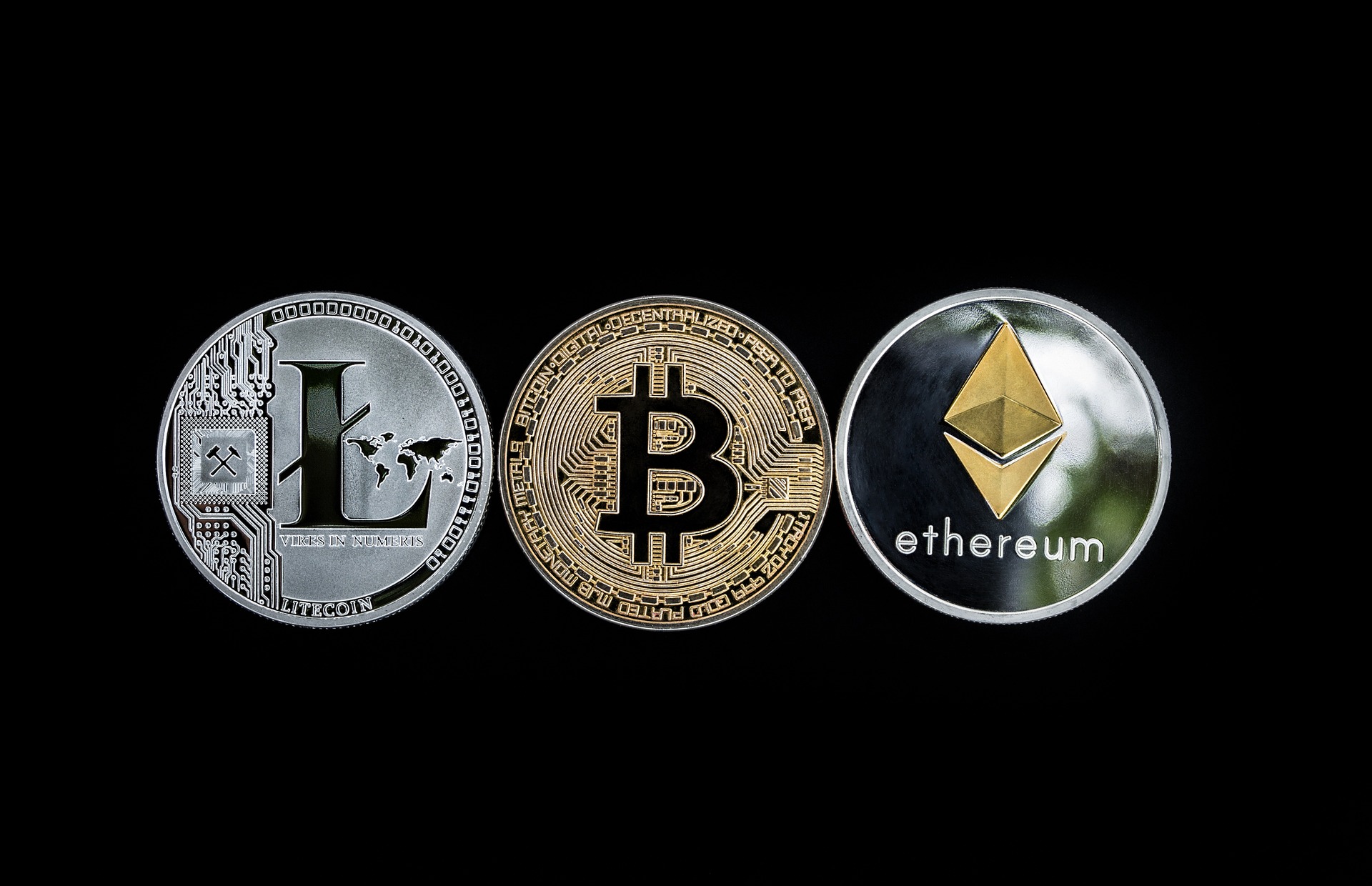Home Cryptography Crypto 101
Crypto 101

Cryptocurrency: A digital or virtual currency that uses cryptography for security. It operates independently of a central bank and is decentralized.
Blockchain: The underlying technology behind most cryptocurrencies. It is a distributed ledger that records all transactions across a network of computers, making it transparent, secure, and resistant to modification.
Bitcoin (BTC): The first and most well-known cryptocurrency, introduced in 2009 by an anonymous person or group known as Satoshi Nakamoto. Bitcoin paved the way for other cryptocurrencies and is often called digital gold.
Altcoin: Short for "alternative coin," altcoins are any cryptocurrencies other than Bitcoin. Examples include Ethereum (ETH), Litecoin (LTC), Ripple (XRP), and many more.
Wallet: A digital wallet is a software application that allows you to store, send, and receive cryptocurrencies securely. It contains a pair of cryptographic keys: a public key for receiving funds and a private key for accessing and managing your funds.
Public and Private Keys: Public keys are used to receive cryptocurrencies and can be freely shared with others. Private keys, however, must be kept secret, as they provide access to your funds. Losing your private key can result in permanent loss of your cryptocurrencies.
Mining: The process of creating new cryptocurrencies and verifying transactions on a blockchain network. Miners use powerful computers to solve complex mathematical problems, and in return, they are rewarded with newly minted coins or transaction fees.
Decentralization: Unlike traditional centralized systems, cryptocurrencies aim to be decentralized, meaning no central authority controls the network. Instead, participants collectively validate transactions and maintain the blockchain.
Exchange: A platform where you can buy, sell, and trade cryptocurrencies for other cryptocurrencies or traditional fiat currencies (like the US dollar or Euro). Examples of popular exchanges include Coinbase, Binance, and Kraken.
Volatility: Cryptocurrencies are known for their price volatility, meaning their value can experience rapid and significant changes over short periods. This volatility can present both opportunities and risks for investors and traders.
